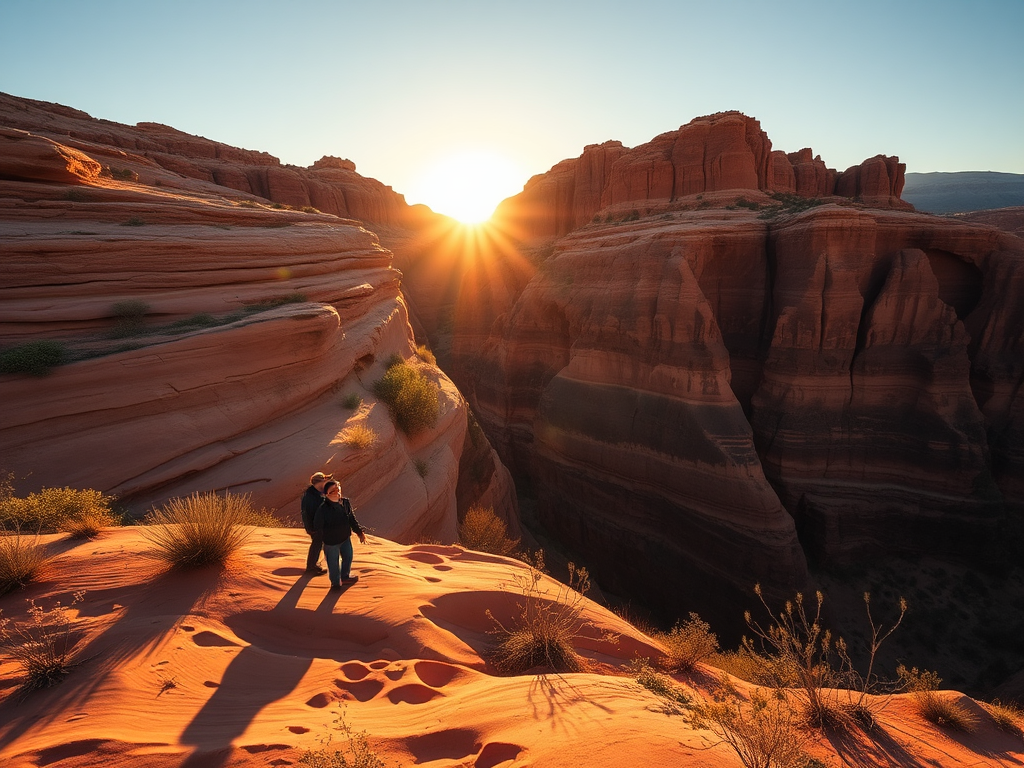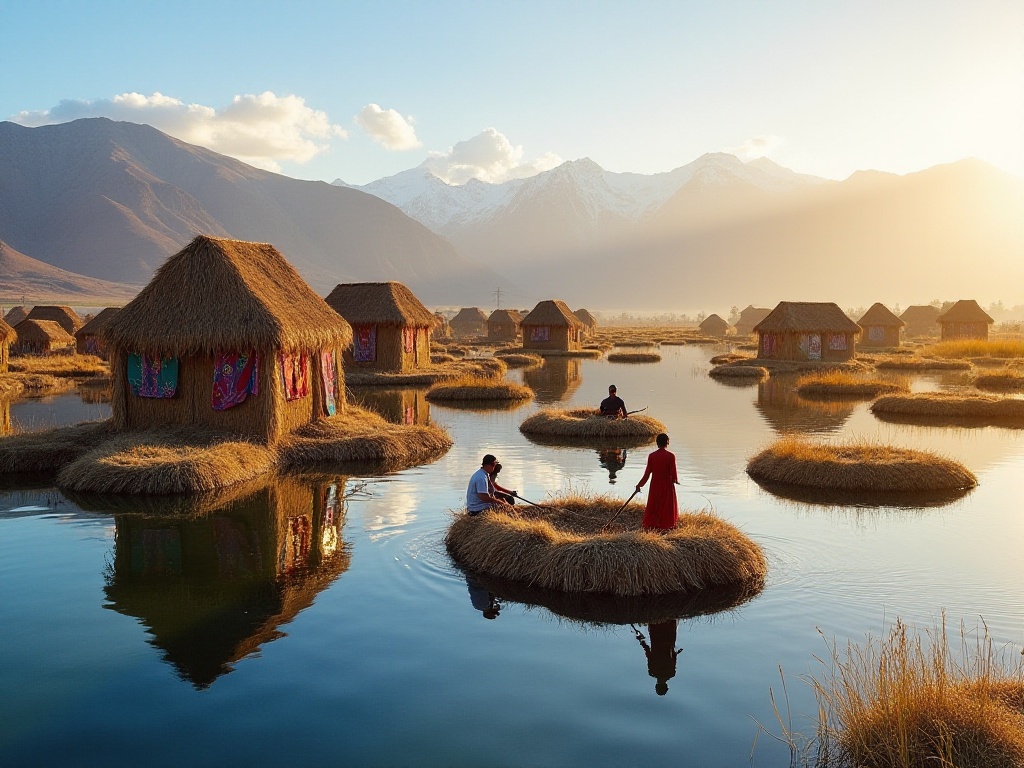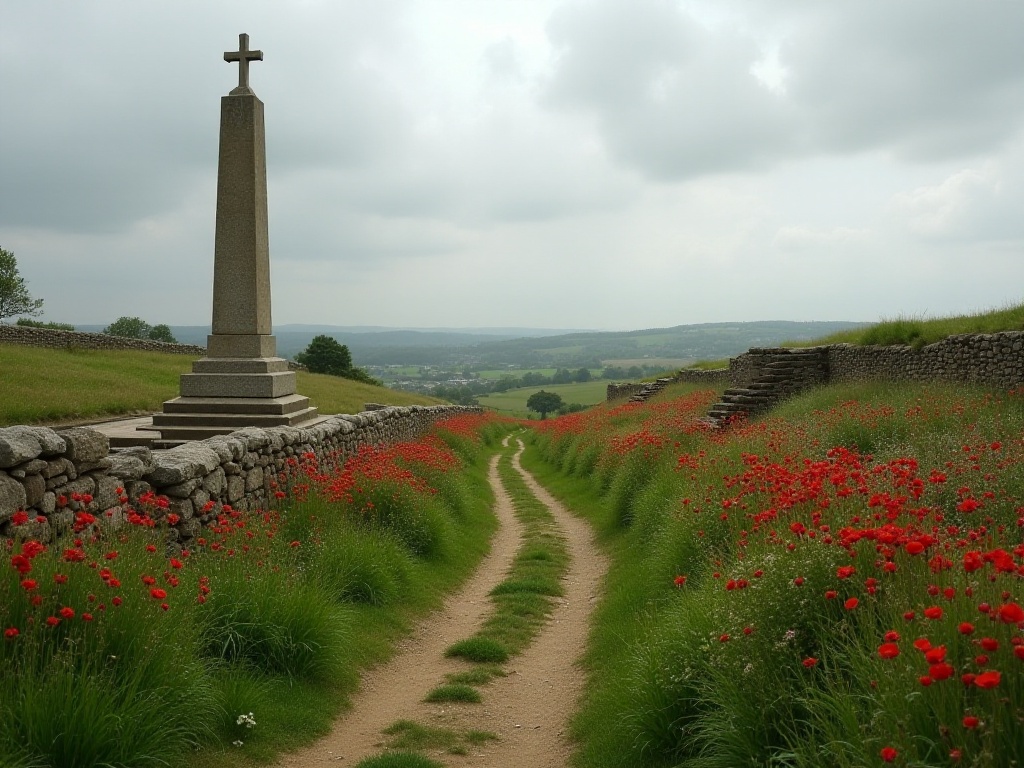Origin
Have you ever wondered if there are still people who live in harmony with nature among red canyons in our fast-paced modern society? Today, I want to share my experience visiting the Navajo Nation at Canyon de Chelly National Monument in Arizona. This experience gave me a completely new understanding of Native American culture.
Preparation
Entering the Navajo Reservation requires thorough preparation. I contacted Harold, a local Navajo guide who has lived in the canyon for over 50 years. Through email exchanges, I learned that more than 40 Navajo families still live traditionally in this area across generations.
First Meeting
At 5 AM, Harold was waiting punctually at the visitor center. He wore a faded denim jacket and a traditional Navajo silver headband. What impressed me most was his gaze - steady and insightful.
"You know, there's no word for 'goodbye' in the Navajo language," Harold told me while driving his off-road vehicle along the rugged dirt road. "Because in our culture, all meetings are part of a destined cycle."
Culture
The Navajo are North America's largest Native American tribe, with approximately 300,000 members. However, few still maintain their traditional way of life. Harold told me that in Canyon de Chelly, about 2,000 Navajo people still practice traditional herding and farming.
As we hiked through the canyon, Harold would stop occasionally to explain Navajo cosmology. In their beliefs, everything in nature has a spirit, and humans, animals, and plants are all equal beings. This worldview deeply influences their way of life.
"Do you see those ancient patterns on the cliff walls?" Harold pointed to the distant steep cliffs, "Those are stories left by our ancestors. Each symbol carries deep meaning. For example, that spiral pattern represents the cycle of life."
Life
Traditional Navajo dwellings are called "hogans," round or octagonal earthen structures. I was fortunate to visit Harold's family hogan. Stepping inside felt like traveling back several centuries.
The hogan's construction shows great wisdom: cool in summer and warm in winter. More importantly, the hogan's design reflects Navajo understanding of the universe - the door faces east, representing new life and hope; the interior layout also has specific cultural significance.
In Harold's hogan, I met his wife Sarah. She was weaving a traditional Navajo rug. "Every pattern has its story," Sarah explained, "This rug tells our tribe's creation myth. One rug often takes 3-6 months to weave."
Challenges
However, traditional culture faces enormous challenges. According to the Navajo Cultural Preservation Association, less than 15% of young Navajo people can fluently speak their native language. Modern lifestyle impacts have led more young people to leave the reservation.
"But we're not pessimistic," Harold said, "Culture is like the stream in the canyon, seemingly weak but never ceasing. As long as one person remembers, tradition won't disappear."
Reflection
When bidding farewell to Harold, I asked if he worried about Navajo culture disappearing. He smiled and said, "Culture is like a seed, even if temporarily buried, it will sprout as long as there's life in the soil. What's important is maintaining reverence."
This experience gave me a new understanding of cultural travel. True cultural journeys aren't about simple sightseeing, but about listening, understanding, and respecting different ways of life with an open and humble heart. Every culture is a crystallization of human wisdom, worthy of our sincere appreciation.
Recommendations
If you plan to visit the Navajo Nation, here are my suggestions:
First, contact officially certified Navajo guides in advance. This shows respect for local culture and ensures the most authentic experience.
Second, prepare appropriate equipment. The canyon terrain is complex with changeable weather. Bring sun protection, plenty of water, and suitable hiking shoes.
Third, and most importantly: approach the experience with an open mind. The Navajo way of life may differ greatly from our familiar modern lifestyle, but these differences allow us to reflect on our own way of life and gain new insights.
Extension
This Navajo journey gave me much to contemplate. In today's globalized world, how can we maintain cultural characteristics while harmoniously coexisting with modern society? What is the true value of traditional culture? These questions deserve deep thought from each of us.
Are you interested in Native American culture? Please share your thoughts and experiences in the comments. Let's discuss how responsible cultural travel can contribute to both personal growth and cultural preservation.







